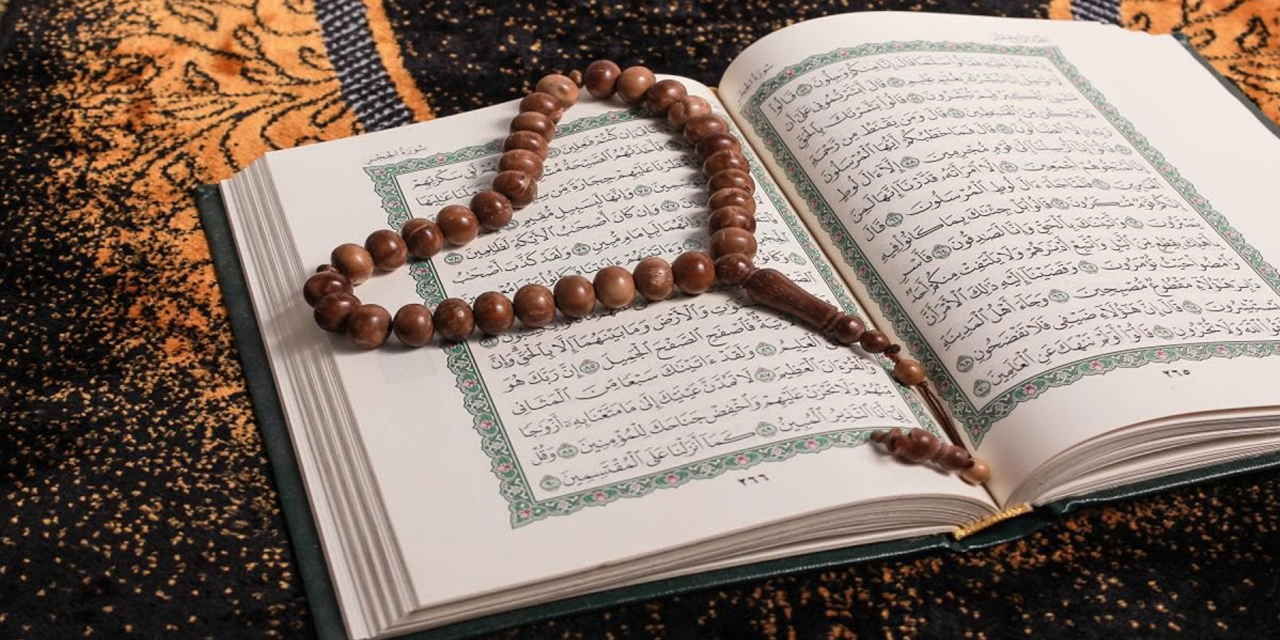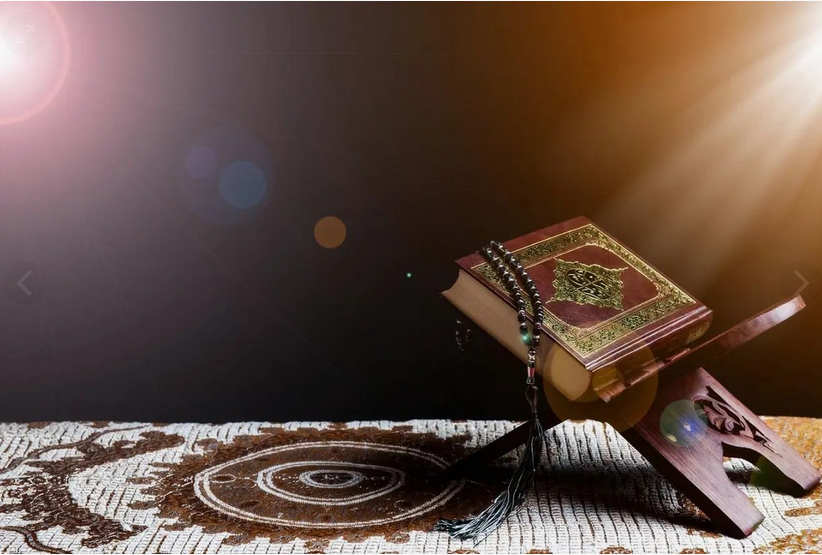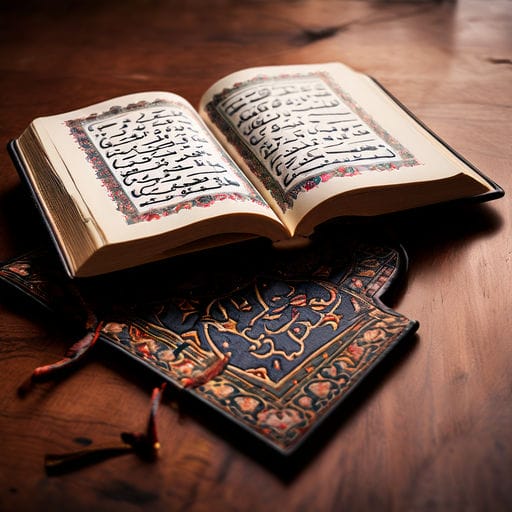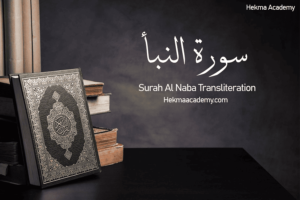Qiraat, the various methods of reciting the Quran, hold immense significance in the Islamic tradition. Among these, Warsh an Nafe stands out for its unique characteristics and historical importance. This article delves into the depth of Warsh an Nafe, exploring its origins, development, and impact on Islamic scholarship.
Historical Background
The concept of Qiraat dates back to the time of Prophet Muhammad (PBUH), who received the Quran through the angel Jibreel. Over time, different recitation methods emerged, each attributed to renowned scholars. Warsh an Nafe, one of the ten recognized Qiraat, traces its roots to two eminent figures: Imam Warsh and Imam Nafe.
Biography of Imam Warsh
Early Life
Born as Uthman ibn Sa’id al-Qutbi, Imam Warsh hailed from Egypt. He was a prominent student of Imam Nafe and dedicated his life to mastering the art of Quranic recitation.
Contributions to Qiraat
Imam Warsh’s contributions to Qiraat are monumental. His meticulous approach to recitation and strict adherence to the rules set by his teacher, Imam Nafe, helped in preserving and propagating the Warsh an Nafe method.
Biography of Imam Nafe
Early Life
Imam Nafe ibn Abd al-Rahman, originally from Medina, was a highly respected Quranic scholar. His dedication to perfecting the recitation of the Quran earned him a distinguished place in Islamic history.
Contributions to Qiraat
Imam Nafe’s systematic approach to teaching and his efforts in standardizing the recitation methods were crucial in the development of Warsh an Nafe. His influence extended far beyond his lifetime, shaping the future of Quranic recitation.
The Significance of Warsh an Nafe
Geographical Influence
Warsh an Nafe is predominantly practiced in North Africa, particularly in Morocco, Algeria, Tunisia, and parts of West Africa. Its influence in these regions underscores its cultural and religious significance.
Cultural Impact
The adoption of Warsh an Nafe in various regions has led to the preservation of a rich cultural heritage, deeply intertwined with the recitation and memorization of the Quran.
Characteristics of Warsh an Nafe
Unique Features
Warsh an Nafe is known for its distinct pronunciation rules and phonetic variations. It incorporates specific phonemes and articulatory techniques that set it apart from other Qiraat.
Differences from Other Qiraat
Unlike Hafs an Asim, the most widely recited Qiraat, Warsh an Nafe exhibits unique vowel lengths, pronunciation of certain letters, and differences in grammatical structures.
Phonetic Aspects
Pronunciation Rules
Warsh an Nafe adheres to strict pronunciation rules, emphasizing clarity and precision in recitation. This includes specific rules for elongation (madd), merging letters (idgham), and articulation points (makharij).
Specific Phonemes
Certain phonemes in Warsh an Nafe are pronounced differently compared to other Qiraat. For instance, the pronunciation of the letter “ض” (Dhad) and the elongation of vowels are distinctive features.
Grammatical Variations
Syntax Differences
Warsh an Nafe presents subtle variations in syntax, affecting the structure and flow of verses. These differences, though minor, contribute to the unique rhythm of the recitation.
Morphological Changes
Morphological changes in Warsh an Nafe include variations in verb forms and noun cases, which can alter the meaning and interpretation of the verses.
Recitation Techniques
Tajweed Rules
Tajweed, the art of Quranic recitation, is fundamental to Warsh an Nafe. It involves precise rules governing pronunciation, intonation, and rhythm, ensuring the correct delivery of the verses.
Recitation Practices
Reciters of Warsh an Nafe follow specific practices, such as the pauses (waqf) and the emphasis on certain letters (ghunna), to maintain the integrity of the recitation.
Teaching and Learning Warsh an Nafe
Educational Institutions
Numerous institutions worldwide offer specialized courses in Warsh an Nafe, providing a structured curriculum for students to master this Qiraat.
Learning Methods
Traditional methods of learning Warsh an Nafe include memorization (hifz) and oral transmission (talaqqi) from a qualified teacher (shaykh), ensuring the preservation of authenticity.
Warsh an Nafe in Modern Times
Contemporary Usage
In modern times, Warsh an Nafe continues to be practiced and revered. It is used in daily prayers, Quranic competitions, and educational settings, reflecting its enduring relevance.
Digital Resources
With the advent of technology, numerous digital resources, such as apps and online courses, have made learning Warsh an Nafe more accessible to a global audience.
Challenges and Preservation
Preservation Efforts
Efforts to preserve Warsh an Nafe include the documentation of oral traditions, recording of recitations, and the establishment of dedicated research centers.
Challenges Faced
Challenges in preserving Warsh an Nafe include the risk of homogenization with other Qiraat, loss of oral traditions, and the need for continuous scholarly engagement.
Comparison with Hafs an Asim
Similarities
Both Warsh an Nafe and Hafs an Asim share a common origin in the Quranic revelation and adhere to the principles of Tajweed.
Differences
The primary differences lie in pronunciation, grammatical structures, and phonetic rules, which result in distinct recitation styles.
Impact on Islamic Scholarship
Influence on Scholars
Warsh an Nafe has influenced numerous scholars, contributing to the rich tapestry of Islamic jurisprudence, theology, and linguistics.
Contributions to Islamic Studies
The study of Warsh an Nafe has enriched Islamic studies, providing insights into the linguistic and phonetic diversity of the Quran.
In conclusion, Warsh an Nafe is not just a method of Quranic recitation but a profound expression of Islamic heritage and scholarship. Its unique features, historical significance, and enduring relevance make it an invaluable part of the Muslim tradition. As we continue to explore and preserve this Qiraat, we honor the legacy of Imam Warsh and Imam Nafe, ensuring that their contributions resonate through generations.







